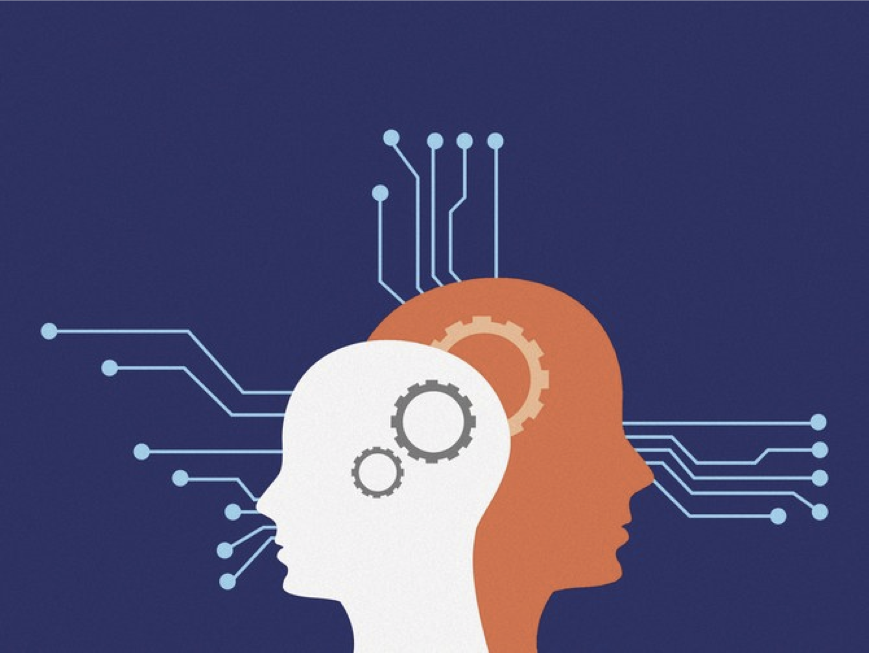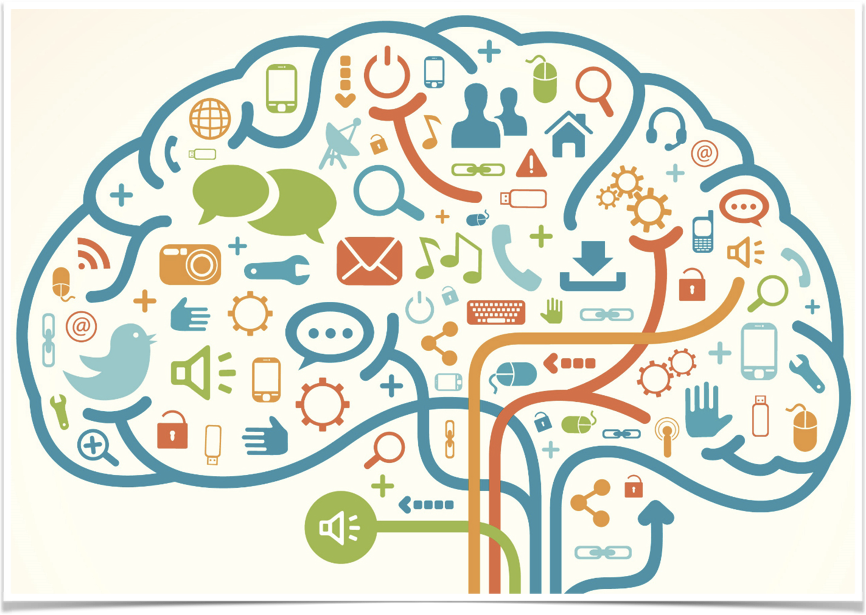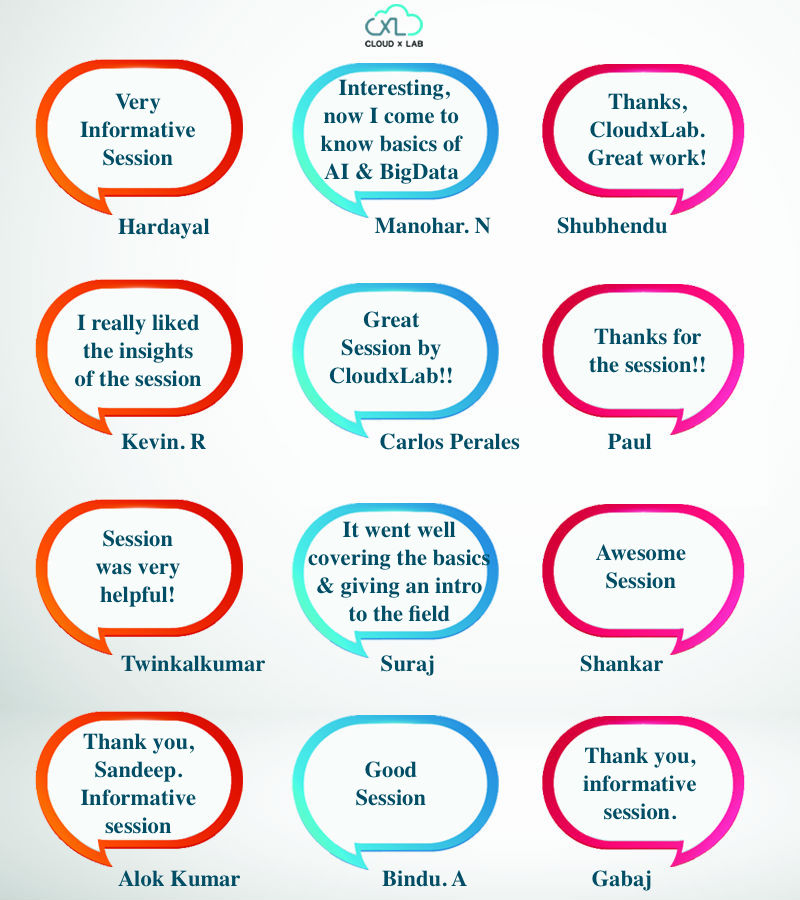Buoyed by the success of our previous webinar and excited by the unending curiosity of our audience, we at CloudxLab decided to conduct another webinar on “Big Data & AI” on 24th August. Mr Sandeep Giri, founder of CloudxLab, was the lead presenter in the webinar. A graduate from IIT Roorkee with more than 15 years of experience in companies such as DE Shaw, Inmobi & Amazon, Sandeep conducted the webinar to the appreciation of all.

The Scope:
The webinar covered the following:
- Introduction to Big Data
- Technology Stack to Collect, Store & Process Big Data
- Artificial Intelligence: Objectives & Methodologies
- Machine Learning: Types & Sub-types
- Artificial Neural Networks & Deep Learning
The Response:
- Webinar received 700+ registrations, out of whom, 400+ attended
- Participants came from very diverse educational and professional backgrounds, ranging from computer science to humanities
- Amongst the audience, freshers were more interested in learning the fundamentals while the experts wanted to clarify their doubts
The Flow:
- Sandeep initiated the webinar by providing a snapshot of his professional background along with a brief on learning services provided by Cloudxlab
- He introduced the concept of Big Data & AI through the example of how computer learned to play Mario through repeated iterations and improving on each iteration by analysing the results of all previous iterations
- The presenter then explained how IoT is creating humongous amounts of data ranging from structured to semi-structured to unstructured
- Thereafter, Sandeep explained the relevance of Collect-Store-Process cycle for Big Data
- The presenter then explained the various Big Data Storage systems such as HDFS, Amazon S3, Cassandra & HBase. Furthermore, he explained the relevance of Kafka & Amazon SQS for handling fast incoming data
- The discussion on Parallel Processing covered the pros and cons of various approaches: multi-core, GPGPU & distributed computing
- The presenter, then, summarised how the various components of Hadoop & Spark technology stack fit into the Collect-Store-Process cycle for Big Data. He further explained how many programming languages such as Python, Scala, Java, SparkR can be used in the ecosystem
- Thereafter, the webinar discussion progressed to the next level as Sandeep introduced the history and meaning of Artificial Intelligence
- He, then explained that Reasoning, Navigation, Natural Language Processing, Knowledge & Perception are the current scope of AI — and future scope should include Emotional Intelligence & Intuition
- Thereafter, the presenter discussed the nuances of Machine Learning and delved on Supervised, Unsupervised and Reinforcement formats of Machine Learning
- Sandeep then explained the concept of Artificial Neural Networks and how this has led to the advancement of Deep Learning
- Thereafter, he provided examples of how the leading companies of the world are using Big Data & AI to improve their operational and business processes
- Sandeep then discussed the various frameworks for Machine Learning and Deep Learning – followed by a hands-on example of using TensorFlow
- The webinar ended with recap of all the concepts and answers to the questions
The Questions and Answers:

With more than 400 participants, coming from diverse backgrounds and at different levels of experience, it was no surprise that many questions were asked in the webinar. The questions that were answered in the webinar belonged to the following themes:
- Prerequisites for learning Big Data & AI?
- Relative relevance of different programming languages in this field?
- Explanation of terms such as IoT, RDD, TensorFlow etc.?
- Different characteristics of structured, semi-structured & unstructured data?
- Relevance of Hadoop & Spark technology stacks?
- Explanation of different types of Machine Learning?
- Applicability of AI in different domains ranging from Warfare to Cooking?
- Certifications available in these fields?
- Details of courses offered by CloudxLab?
The Recording:
If you missed the webinar or wish to recap the learnings?
The Verdict:
